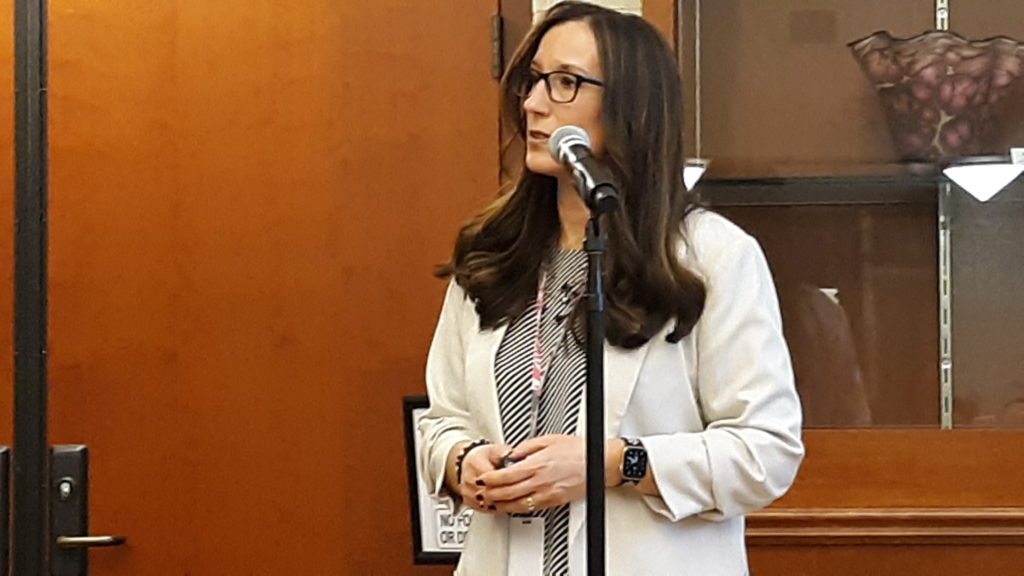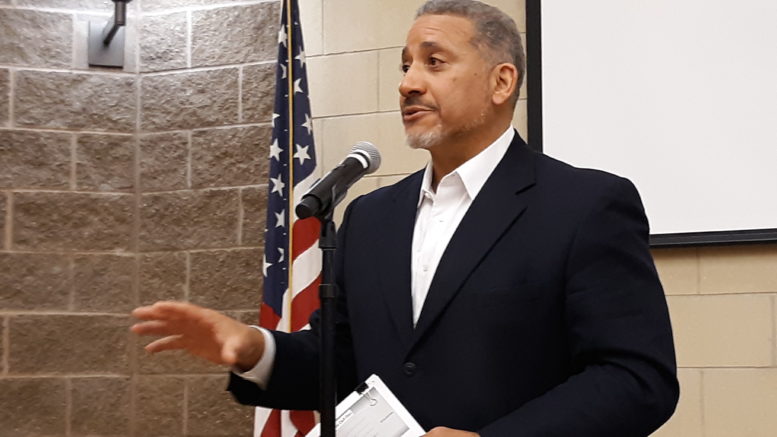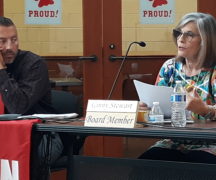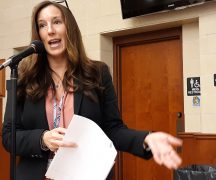By JAN LARSON McLAUGHLIN
BG Independent News
Bowling Green City Schools now has an additional $8.4 million to spend on educational programs, rather than squirreling it away for rainy days.
With voters supporting the conversion of the last five-year tax issue to a continuing income tax, the district no longer has to keep as much cash in reserves.
“I want to extend a big thank you to all the voters,” Board President Norm Geer said at the start of the board meeting Tuesday evening. The result will be better budgeting, more reliable revenues, and more money available for educational programs, Geer said.
David Conley, financial consultant to the district, praised the board for its responsible spending – despite criticisms from some in the community.
“This board and prior boards have been doing all the right things,” he said. “You may not believe that if you listen to other people talk.”
Moody’s bond rating for Bowling Green City Schools is Aa2 – which allows the district to borrow money at lower interest rates, resulting in savings to taxpayers. The rating is the third highest rating by Moody’s – ranking two steps higher than Perrysburg school district, Conley said.
“Perrysburg has struggled with finances,” and its fund balance is lower than it should be, he said. So when that district borrows money, it costs the taxpayers more, Conley said.
“Cash balances are important to a government” in the case of an economic downtown or cuts in state funding, Conley reminded.
“If you don’t have enough cash, you can run into problems,” he said.
To calculate just how much the district should now keep in reserves, Conley looked at risk factors such as the diversity of the tax base, economic downtowns, and the continued legal appeals from Rover pipeline to get out of about half the taxes the company was ordered to pay.
In the last decade, the district’s expenditures have been very conservative, and revenues have been very consistent.
“Your spending has been incredibly controlled. The district has done an incredible job,” Conley told the board.
“The district really has very few risk factors,” Conley said. “So how much cash can we free up?”

District Treasurer Cathy Schuller and Conley calculated that to be safe, the district needs to keep 105 days – or precisely 104.65 days – of operating cash on hand. That adds up to $9.9 million that should be kept in reserves.
That means $8.4 million is freed up, board member Tracy Hovest said.
“The next step is how do you best utilize that money?” Conley said.
The board’s finance committee, which includes Hovest and Ginny Stewart, will attend a workshop with Conley on Nov. 30 to look at options. Prior to that meeting, Stewart plans to talk with school administrators about the needs they see.
Geer asked Conley if the district should use any of the $8.4 million to reduce the district’s bond debt. But Conley said the earliest some of the district’s outstanding bonds can be paid off is 2024.
Conley also advised that the board could keep the cash balance at a lower level, but the risk is that the district won’t be able to respond in time to avert potential problems.
Also at the meeting, Schuller presented her five-year financial forecast for the district. Changes since the last forecast in May include a second appeal by Rover pipeline, passage of the state’s fair school funding plan, and passage of the district’s continuing income tax.
There remain several unknowns, Schuller said.
While the district should no longer lose more than it receives from the state for open enrollment revenues, the burden is starting to shift from state funding to more local funding for schools. And the pipeline appeals could drag on until 2024, she said.





